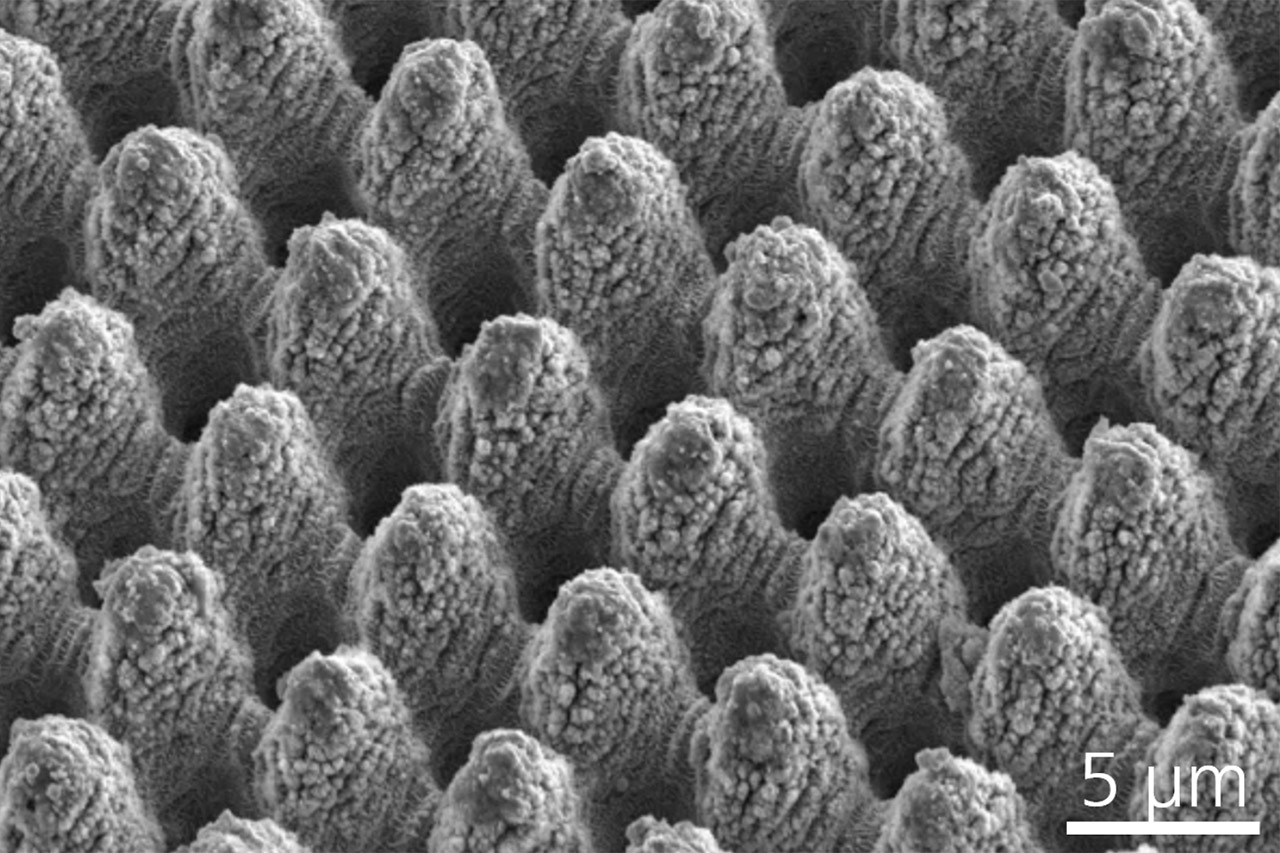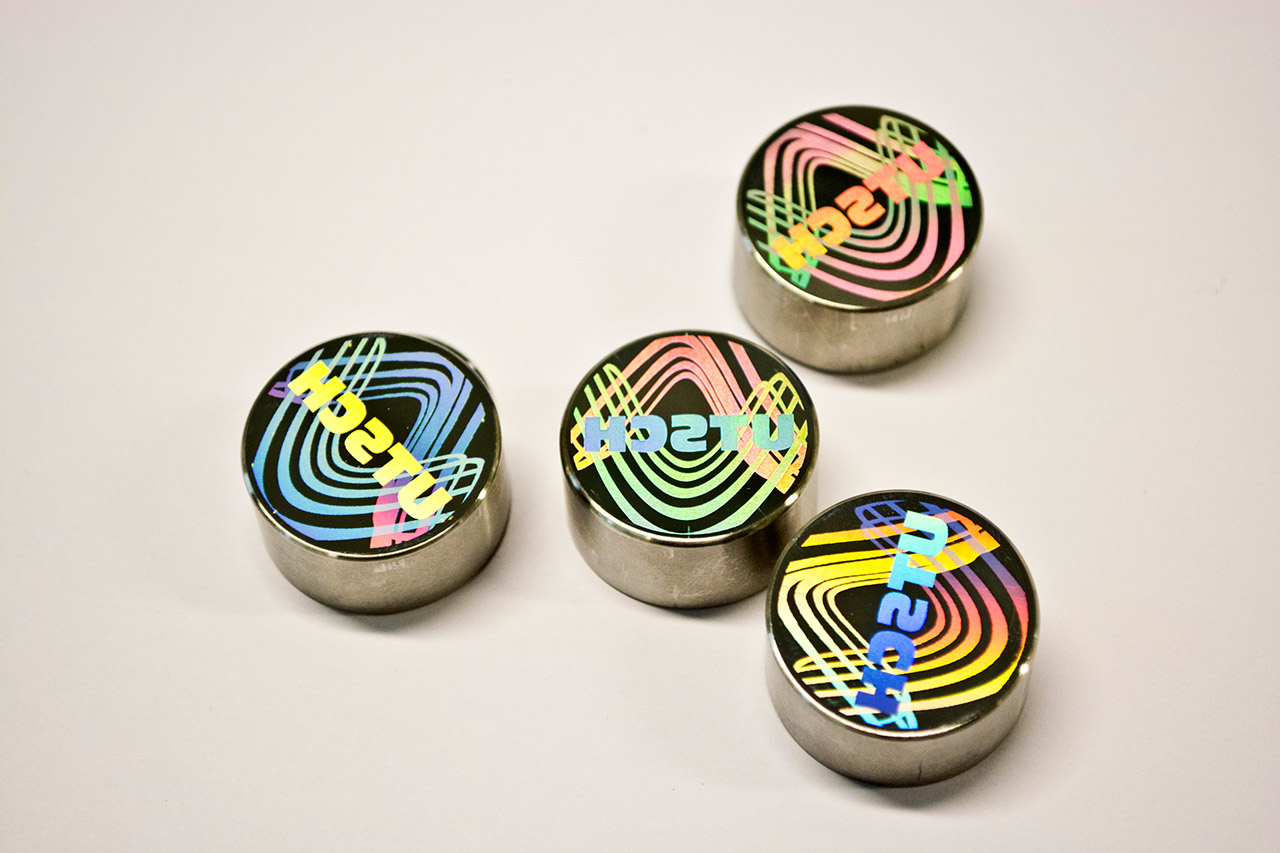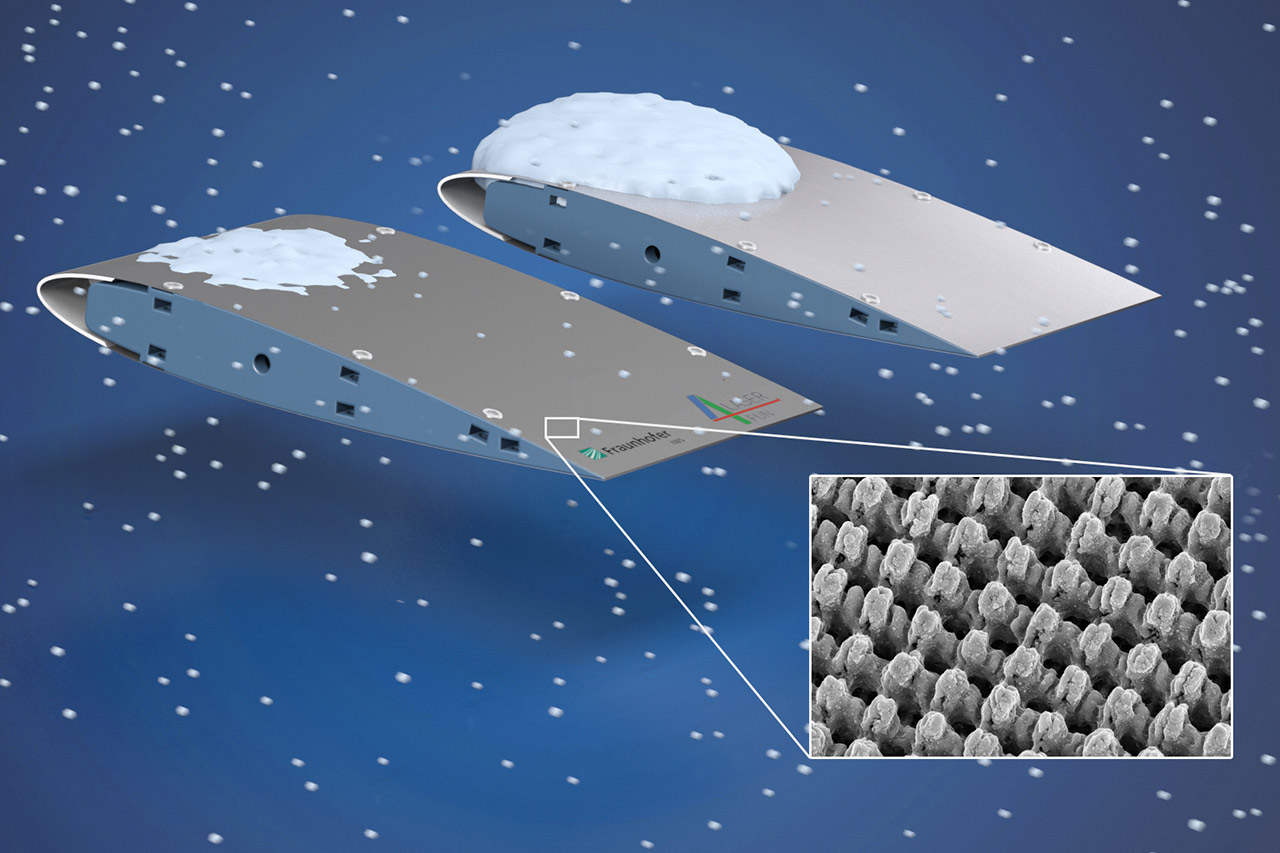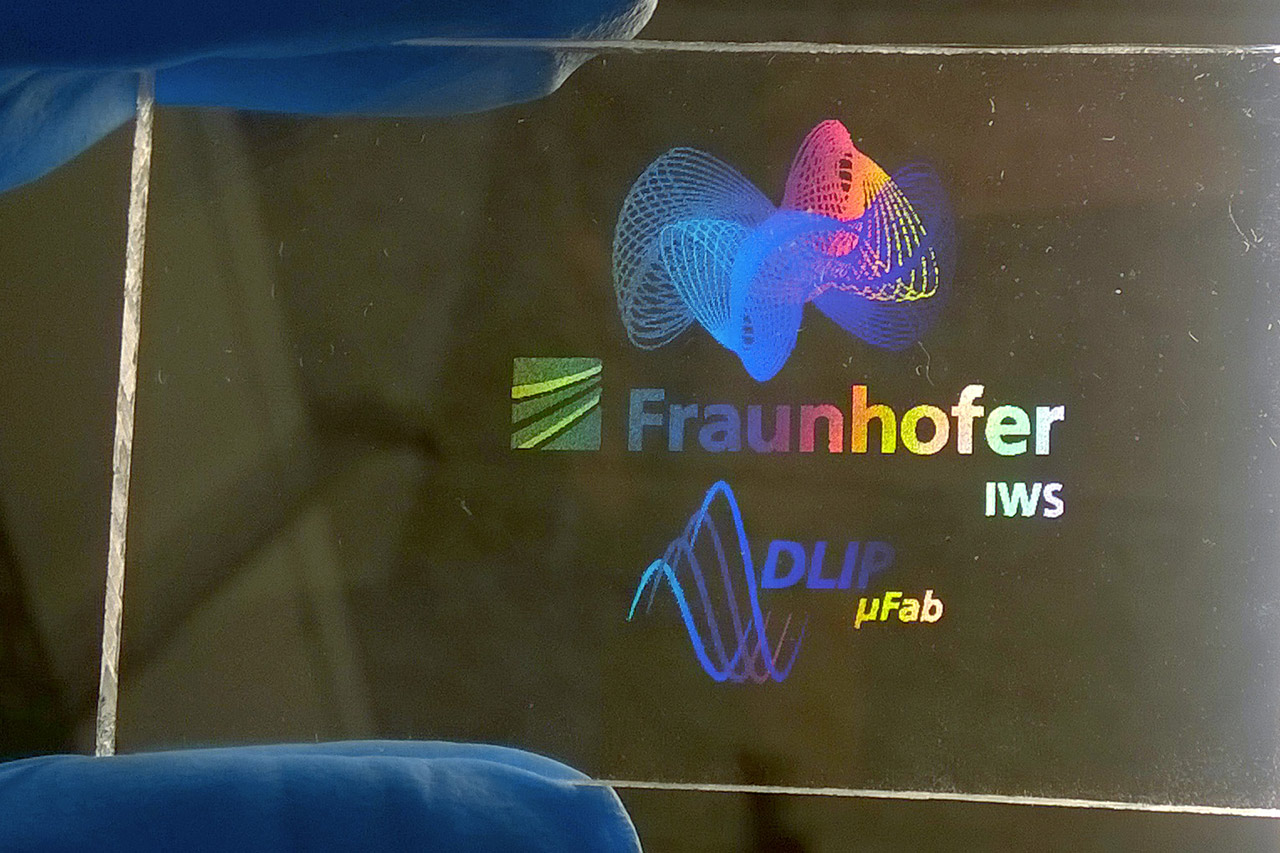Direct laser interference patterning has developed into a flexible and industry-oriented tool for producing targeted surface topographies. The technology with the abbreviation “DLIP“, short for “Direct Laser Interference Patterning“, plays out its particular strength in scalability while maintaining the same structure resolution. To make this possible, the scientists are developing technical solutions, process parameters and specific functionalities that enable users to find exactly the solutions they need.
DLIP can be used to process all materials that absorb light, i.e. metals, ceramics and plastics, as well as transparent polymers and glass. No additional material is introduced, nor is material removed as in machining processes. No filler material is required, the structures produced have the same mechanical properties as the base material, and the process step of layer adhesion during surface finishing is eliminated.
 Fraunhofer Institute for Material and Beam Technology IWS
Fraunhofer Institute for Material and Beam Technology IWS


